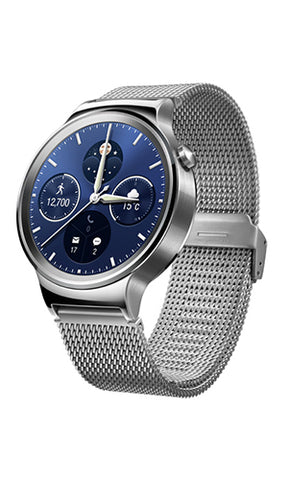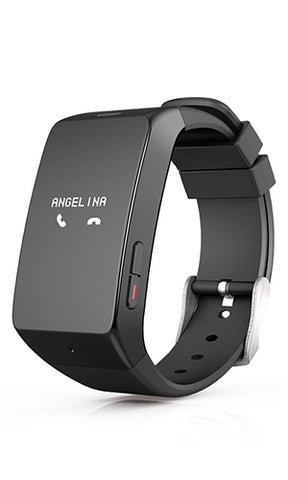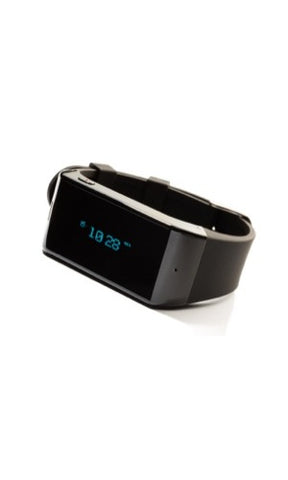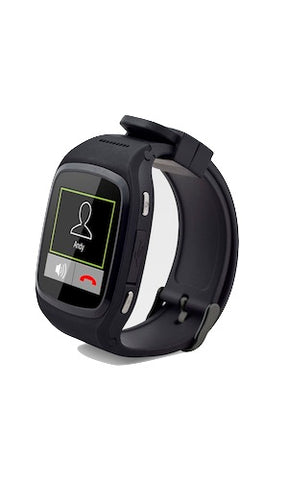Here he is — the world’s first government-recognized cyborg
Written By
Mariam Sharia
Singularity is nearer to us than you may think. Actually, it’s already here.
Neil Harbisson was born with achromatopsia, a vision disorder that rendered him completely colorblind, seeing only in grayscale. He decided that just wouldn’t do, so over a decade ago he convinced a doctor to anonymously perform a surgery in which an antenna would be surgically implanted into his skull.
Coined the “eyeborg,” the antenna operates by attaching specific musical notes to corresponding light frequencies, meaning Harbisson hears colors. “Art galleries became sound galleries,” he says. “I was suddenly able to listen to a Picasso or a Rothko, and supermarkets became orchestras of sound.” He recently updated his eyeborg to include WiFi and Bluetooth capabilities, meaning his friends and family can send him images to “see” (without using his eyes) through a smartphone app.
In 2004 he persuaded British authorities to let him take a passport photo with his antenna, rendering him the first person in the world recognized by the government as a cyborg. He is adamant in noting that the purpose of the antenna, which he says “feels like a new body part,” is not to make up for a disability but instead to enhance the human experience — a notion that has been met with much ethics-based backlash.
“Many believe the union between humans and technology is unnatural, unhealthy or dangerous” Harbisson says, “that it will bring about a new kind of ‘species’ that will be dangerous to the world.” But is a pacemaker not a type of human/machine union? Or a prosthetic limb?
In 2010 Harbisson established the Cyborg Foundation, a nonprofit organization championing cyborg rights. “Anyone should be allowed to become a cyborg. We have the right to expand our perceptions of reality,” he professes. What do you think?
Tags: cyborg, Featured Items, HomePage Featured, Medical




